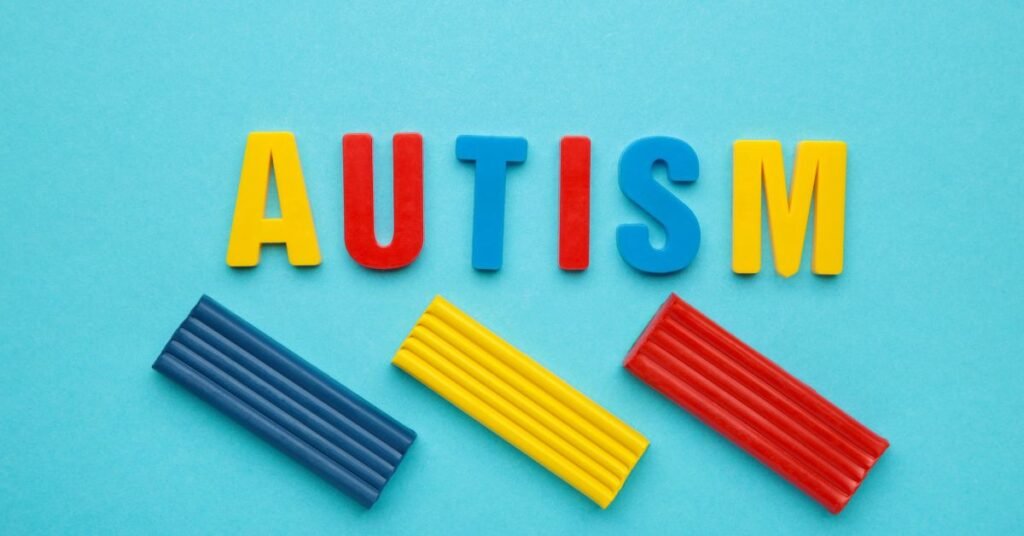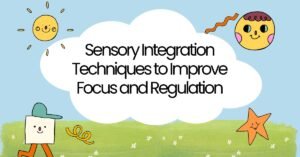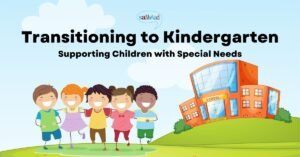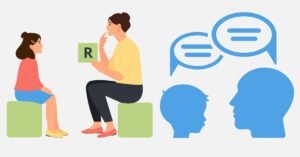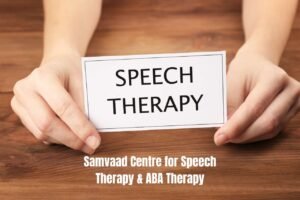Autism Spectrum Disorder (ASD) is a neurodevelopmental condition characterized by persistent challenges in social communication and interaction, with restricted and repetitive behavior patterns. To provide clarity and understanding, let’s delve into the diagnostic criteria outlined in the DSM-5 and explore common myths and facts surrounding ASD.
Diagnostic Criteria for Autism Spectrum Disorder (DSM-5)
A. Persistent Deficits in Social Communication and Interaction:
- Deficits in social-emotional reciprocity: This includes abnormal social approaches, difficulty in conversational flow, reduced sharing of emotions, or failure to engage in social interactions.
- Deficits in nonverbal communication: Ranging from issues with eye contact and body language to a complete absence of nonverbal communication.
- Deficits in developing relationships: Difficulty adapting behavior to social contexts, challenges in imaginative play, or a lack of interest in peers.
B. Restricted, repetitive patterns of behavior:
- Stereotyped or repetitive motor movements, speech, or use of objects: Examples include motor stereotypies, echolalia, or fixation on certain phrases.
- Insistence on sameness: Resistance to change, adherence to routines, or ritualized behaviors.
- Highly restricted, fixated interests: Intensely focused on specific objects or topics.
- Sensory sensitivities: Extreme reactions or fascination with sensory aspects of the environment.
C. Autism spectrum disorder – Symptoms present in the early developmental period:
While symptoms may become more evident over time, they should be present from early childhood.
D. Symptoms cause significant impairment:
These challenges should impact social, occupational, or other crucial areas of functioning.
E. Not better explained by other conditions
Autism spectrum disorder is distinct from intellectual disability, although they can co-occur. Diagnosis considers the level of social communication relative to overall developmental abilities.
Differential Diagnosis is defined as the process that helps the healthcare provider to understand a list of possible conditions that can also overlap between symptoms
- Language Disorders and Social Communication Disorder: While language disorders may impact communication, ASD involves both communication issues and restricted behaviors.
- Rett Syndrome: Some symptoms may overlap during a specific phase, but ASD criteria should be met for a definitive diagnosis.
- Selective Mutism: Unlike ASD, individuals with selective mutism typically do not exhibit impaired social reciprocity or restricted behaviours.
- Intellectual Disability without ASD: The differentiation lies in the discrepancy between social communication skills and other intellectual abilities.
- Stereotypic Movement Disorder: Repetitive behaviors in ASD are intrinsic, distinguishing it from a separate diagnosis of stereotypic movement disorder.
- ADHD and Schizophrenia: Both can share certain traits with ASD, but differences exist in the core symptoms and developmental trajectory.
Myths and Facts about Autism Spectrum Disorder
Myth: All individuals with ASD have extraordinary talents.
Fact: While some individuals possess exceptional skills, not everyone with ASD has savant abilities.
Myth: ASD is curable.
Fact: While therapies and interventions can improve quality of life, there is no known cure or medicine for ASD.
Myth: ASD is caused by bad parenting or vaccines.
Fact: Extensive research has debunked these theories. Genetic and environmental factors play a role in ASD.
Myth: People with ASD lack empathy.
Fact: Empathy may be expressed differently, but individuals with ASD can and do experience empathy.
Myth – Everyone’s experience with ASD is similar
Fact – ASD refers to a broad range of conditions. It differs for each individual
Myth: Increased screen time causes Autism Spectrum Disorder (ASD).
Fact: There’s no proven link between screen time and ASD. While excessive screen time might impact behavior or development, it doesn’t cause ASD.
Myth: Medication can make individuals with ASD “normal.”
Fact: Medication can help manage certain symptoms associated with ASD, but it doesn’t “cure” or fundamentally change someone’s neurodevelopmental condition.
Myth: Being strict and controlling inappropriate behavior can make individuals with ASD “normal.”
Fact: ASD is a neurological condition, not a behavior problem. Approaches like Applied Behaviour Analysis (ABA) can help manage behaviors, but they don’t aim to make someone “normal
Myth: Three months of therapy guarantees that non-verbal children with autism will become verbal.
Fact: Becoming verbal for non-verbal children with autism depends on various factors like severity, consistent practice, and individual differences in each child’s progress. There’s no one-size-fits-all timeline for verbal development in autism
Myth: One can “grow out of autism”
Fact: One can come out of the spectrum but cannot grow out of autism
Myth: Children with autism are more violent
Fact: Children with autism behaves like that when they lack the ability to cope or express themselves in an alternative way. Communicating and understanding them will help to reduce the behaviour.
Myth: One hour of therapy alone can significantly help a child.
Fact: Therapy sessions are a small part of a child’s day. The remaining 23 hours spent at home are crucial, and parental involvement along with consistent practice are key factors that aid a child’s learning and development.
Understanding Autism spectrum disorder (ASD) involves recognizing its diverse presentations and challenging misconceptions. By embracing neurodiversity, we create inclusive environments that support individuals with ASD in thriving and contributing meaningfully to society.

